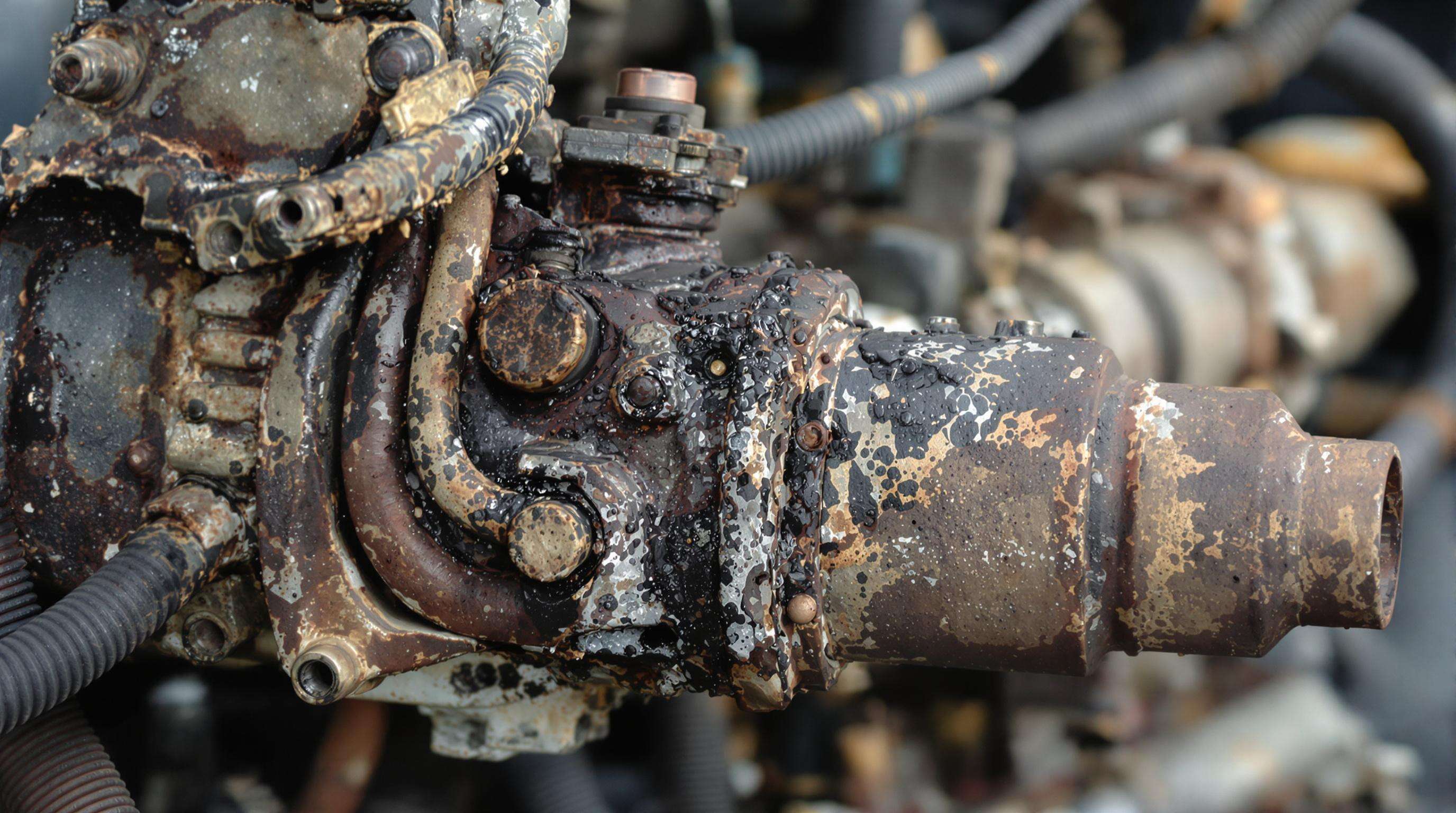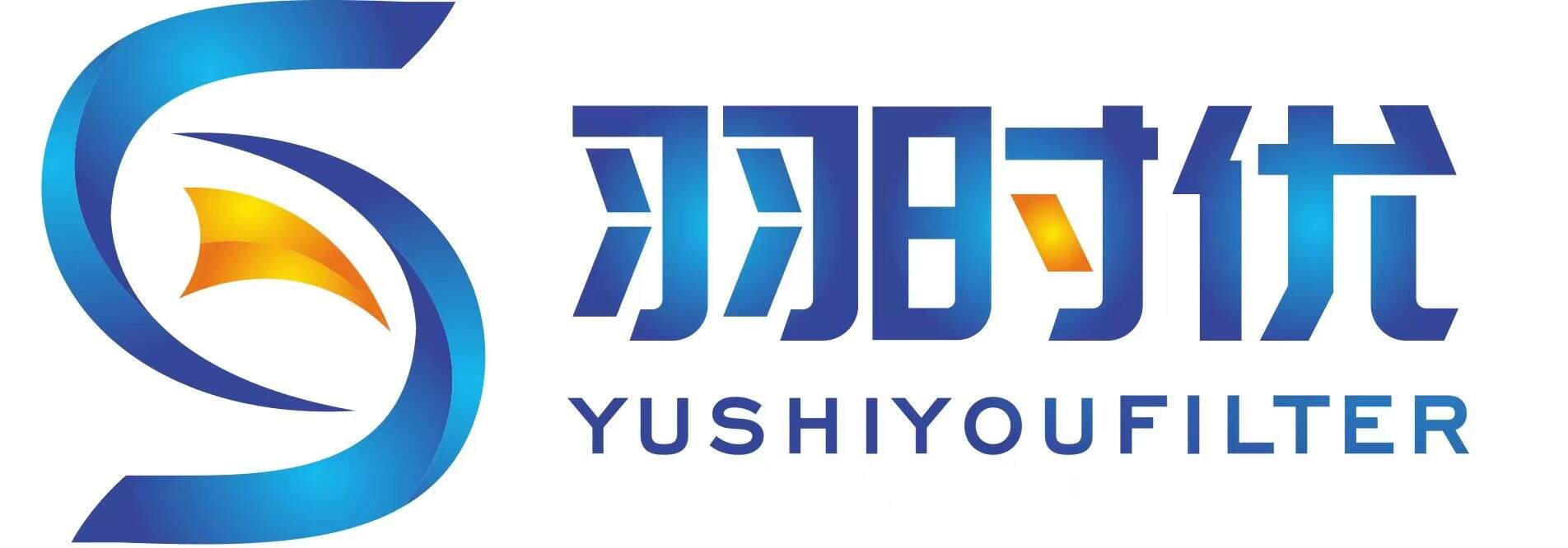Truck Fuel Filter Function in Combating Fuel Contamination
Truck fuel filters serve as critical defenses against engine-damaging contaminants. Modern filtration systems intercept over 95% of particulate matter before fuel reaches injection systems, with efficiency directly tied to filter design and maintenance practices (Fleet Maintenance Magazine 2023).
Primary Impurities Targeted by Fuel Filters
Contaminants include particles (5–100 microns), water droplets, bacteria, fungi, algae, sediments, asphaltenes, and gels that clog filters, acidify the fuel, and induce microbe-induced corrosion or fungus-going-mold. An 82% of fuel samples in a 2023 fleet study tested positive for abrasive silica particles above 10 microns, an injector scouring culprit. These contaminants are the first to be captured in the filter, as prevention vs. high-pressure common rails are also more susceptible upon their wear.
Water Separation Mechanisms Explained
Hydrophobic filter media and centrifugal force separate water from fuel, critical since even 0.1% water content accelerates pump corrosion by 30% (SAE International 2022). Advanced coalescing filters merge microscopic water droplets into larger masses that gravity drains into collection bowls, while synthetic media with 0.5–1.5 mm pores block water passage during cold starts.
How Filtration Media Capture Micron-Sized Particles
Multi-layer media consist of both depth filtration, a process where particles are captured within the fiber matrix, and surface filtration, which is blocking particles at the membranes interfaces. Synthetic nanofiber media captures 99.5-Percent of 3-micron particles at 15 psi—20 % higher than cellulose blends in testing as well as provides a 40 % increase in capacity (2024 Filtration Standards Report, section 9.0). Stratified layers in the filter media trap dirt down to as small as five microns and handle up to 500 tons of material depending upon the off road conditions With three layers of progressively finer mesh synthetic media between 100% polyurethane top and base, this high flow, oil free,oiled synthetic air filter is engineered to maximize air flow for increased horsepower and torque.
Impact of Failed Truck Fuel Filters on Engine Systems

Injector Damage from Unfiltered Particles
When filters do fail, abrasive particles, such as silica and carbon, escape past the filter system and ensue their way to injectors under pressure exceeding 39,000 psi! These solidants wear away nozzle surfaces—as little as 0.0004 inches—can disrupt the fuel spray patterns. Incomplete combustion results in power loss as high as 15% and aggravating emissions. At $740 per damaged injector on average (Ponemon 2023), uncontrolled contamination averages your operating costs significantly. The top-tier filters trap particles down to 2 microns so this cascade failure doesn't happen.
Corrosion and Wear in Fuel Pump Systems
Unpurified water chemically reacts with diesel compounds and creates harsh acids. These substances eat away precision pump parts—roller bearings, seals, and rotor assemblies. According to industry research, 39% of all pump failures are a result of filter-related contamination. Faster wear also reduces pressure stability under heavy conditions. According to Kerr, maintenance logs from fleets that use fuel with upgraded filtration systems reveal those pumps last an average of 14 months longer than they do with standard solutions. It is crucial that monitoring is preventative.
Truck Fuel Filter Types and Selection Criteria
In-Line vs. Cartridge-Style Filter Designs
Inline filters fit into the fuel line between tank and engine, also providing compact protection with no housing nécessaire. Cartridge-style filters provide cleanable filter elements in permanent housings, which means a cost-saving convenience for mileaged supply with higher capacity for dirty. Secondary in-line systems are also created by some manufacturers who use primary cartridge filters. The best design will compromise between the limitations imposed by the size of the engine compartment, and the requirement for maintenance access.
Micron Ratings for Heavy-Duty Applications
It is important to understant that filtration effectiveness depends on micron ratings which represent the size of the smallest particles captured. 2-10 micron protection provides over 95% efficient diesel injector protection to save active cost of diesel maintenance with diesel injection systems with 1-3 micron1 tolerances. Standard primary filters are 10-30 microns aimed at bulk contaminant removal. Secondary filtration provides 2-7 micron filtration to safeguard pumps and injectors from abrasive particles, which can cause premature wear. More accurate filters provide added protection, but may need to be replaced more often.
Choosing Filters for Extreme Operating Conditions
Choose filtration systems in response to environmental conditions such as temperature variation, vibration exposure, dust levels and fuel quality fluctuation. Cold-flow optimized filters with anti-wax separation are required for Arctic operations. For use off the road we need an even more beefy housing with better dust sealing. For use in areas where the fuel quality varies and an extended service interval is desired to provide increased protection for heavier-duty engines.
Water Sensor Integration in Modern Systems
State-of-the-art diesel fuel filters add electronic sensors to detect water, providing dashboard alerts when separated moisture has breached unacceptable thresholds in build-in reservoirs. This process eliminates costly hand inspection bowls and allows for immediate drainage initiation to minimize the potential for microbial growth and corrosion. It is known that real-time monitoring reduces the failures of fuel injectors due to water by 75% based on recent heavy equipment reliability studies. Such a benefit is of great value, especially in humid climates where phase separation is inclined to happen.
Truck Fuel Filter Maintenance Best Practices
Optimal Replacement Mileage Intervals
Vehicle and truck fuel filters must be replaced and maintained to make certain the engine is not impaired. If you have a conventional heavy-duty application, the majority of the manufacturers generally recommend a change at 15,000-25,000 miles. But practical considerations, such as poor fuel or dirty conditions, can call for the switch more often. A 10,000-mile cycle period should be weighed in critical hauling operations, particularly if there are biomarker indicators for contamination. Failing to adhere to these schedules accelerates pump decay and is blamed for as many as 39 percent of early fuel system malfunction cases.
Pressure Testing for Flow Restrictions
When the filter unit is flow restricted, it is diagnosed by measuring pressure differentials across the filter unit. Gauges are installed either before or after the filter to indicate pressure drops. Readings greater than 7–10 PSI, particularly, are a warning of seriousbuildup requiring prompt replacement. Annual pressure tests at scheduled overhauls can help identify gradual blockages before they cause engine power loss or misfires.
Water Drainage Procedures
Fuel filters on trucks include drain valves for pooring off collected water—an important procedure in dewey areas. Bleed off filters by putting the vehicle into the dump position, then manually open the drain assembly. Gather spilled fluid until clean diesel is running even. Drainage For Fleet operators, monthly or annual storage can promote microbial growth and corrosion in injectors.
Fleet Maintenance Cost-Benefit Analysis
Proactive filter maintenance reduces operational costs dramatically. Studies indicate fleets delaying replacements incur 53% higher repair expenses due to contaminated fuel damage. When calculating schedules, consider:
| Maintenance Strategy | Filter Cost | Engine Repair Risk |
|---|---|---|
| Reactive (Post-failure) | $65 | $8,200+ |
| Preventive (Scheduled) | $210/year | < $1,100 |
Optimized schedules preserve pumps and injectors while cutting long-term expenditures by 76%.
Diagnosing Early Failure Warning Signs
Observe these precursor indicators to avoid critical component damage:
- Intermittent power loss during acceleration
- Unusual combustion sounds preceding hard starts
- Excessive smoke emission signaling incomplete fuel atomization
- Longer cranking durations before ignition
Sudden throttle responsiveness drops warrant immediate filter inspection to mitigate downstream system harm.
Future Truck Fuel Filtration Innovations
Heavy-duty fuel filtration systems are undergoing transformative changes driven by material science advancements and sensor technology integration. These developments address escalating efficiency demands while reducing operational disruptions due to contamination-related failures.
Nanofiber Media Advancements
Nanofiber media technology uses polymer fibers that are less than a single micron in diameter, which work to create a dense, uniform pore structure, to provide a superior balance between low restriction and high efficiency.. _utilizes.n._ These ultra thin fibers have increased performance over conventional cellulose media by 300% and guarantee more efficient filtration.n._Source.n,n._Blocks more contaminants, means a cleaner engine_: These filters hold up to 35% more dirt than a leading national brand, and keep it there, so your engine can breathe cleanair.n_n._what is composite cellulose_ It is a media by which very fine fibers are assembled to create a complex web of entrapment and adsorption.n_. n._Composite Cellulose media_. _works to achieve optimum levels of dirt removal to ensure an engine runs at its peak capability. The technology combats the latest in fuel system threats utilizing a patent pending process that helps maintain the integrity of the entire fuel system and its components. Higher contaminant holding capacity means fewer filter changes and longer service life for fleet operators.
Predictive Maintenance Sensors
Intelligent monitoring systems now track real-time filter status through multiple parameters:
- Pressure differential thresholds indicating particulate accumulation
- Capacitance sensors detecting water saturation levels
- Flow rate deviations signaling blockages at critical junctions
Such diagnostics provide that maintenance alerts are automatically set off when operating parameters get near unsafe limits. Fleets are preventing expensive wear on fuel pumps and injectors through filters that are replaced not at intervals but when they are at capacity for the most efficient, cost-effective filter Magic Stop, Stop tracking filters and the inventory waste Magic Floor. Analysis of data from such systems further defines a spectrum for replacement timing for different operating conditions.
FAQ
What are the primary impurities that truck fuel filters target?
Truck fuel filters target contaminants such as particles (5-100 microns), water droplets, bacteria, fungi, algae, sediments, asphaltenes, and gels. These impurities can clog filters, acidify the fuel, and induce microbe-induced corrosion or fungi-related mold.
How do advanced fuel filters separate water from diesel?
Advanced fuel filters use hydrophobic media and centrifugal force to separate water from fuel. Coalescing filters also combine microscopic water droplets into larger masses that can be drained by gravity, while synthetic media blocks water passage during cold starts.
Why is regular maintenance of truck fuel filters crucial?
Regular maintenance ensures that fuel filters perform efficiently in preventing contaminants from reaching the engine. Delaying replacements can lead to higher repair expenses due to contaminated fuel-induced damage, with costs increasing by up to 53%.
What are the types of truck fuel filters available?
Truck fuel filters come in in-line and cartridge-style designs. In-line filters are more compact and fit directly into the fuel line, while cartridge filters provide cleanable elements in permanent housings, offering cost-saving advantages over time.
How do predictive maintenance sensors benefit truck fuel filters?
Predictive maintenance sensors track real-time filter status, monitoring parameters like pressure differential and water saturation. These diagnostics prompt maintenance alerts when conditions approach unsafe limits, preventing costly wear on fuel pumps and injectors.

